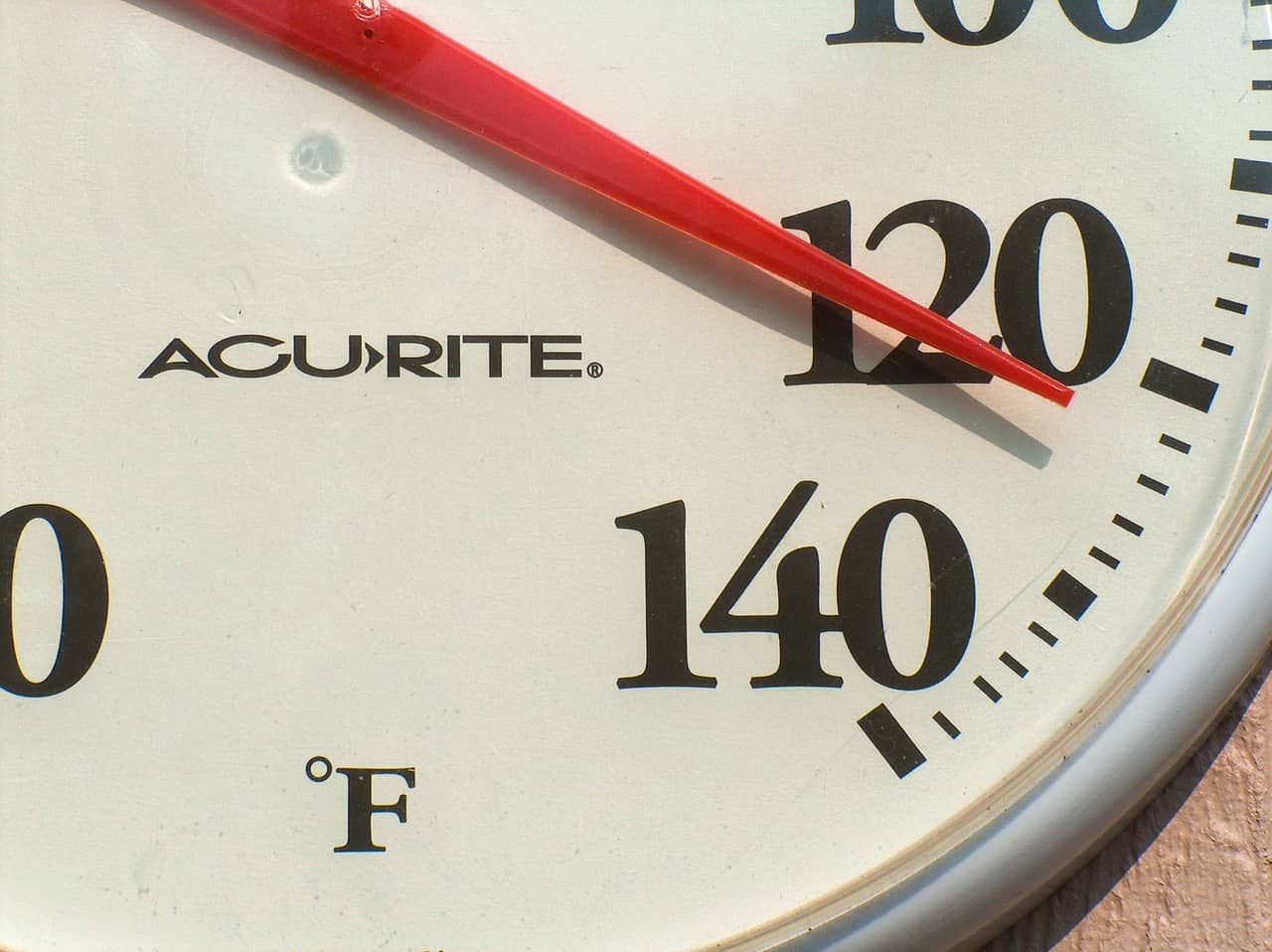
(NDAgConnection.com) – According to Thursday’s Drought Monitor report of the U.S. Department of Agriculture, much of the western half of the lower 48 states observed above-normal average temperatures this week.
The Intermountain West and Pacific Northwest experienced the largest positive temperature anomalies, where widespread temperatures averaged 5°F to 10°F above-normal, with a few pockets exceeding 10°F above-normal for the week as whole. In addition to the above-normal temperatures, precipitation was also lacking for most areas from the Central and Northern Plains westward to the Pacific Coast, warranting drought deterioration.
Parts of the Four Corners and Desert Southwest were the exception to this, as an area of low pressure meandered across the Southwest before being picked up by a frontal boundary dropping southward across the central U.S. This resulted in improvements to long-term drought conditions across parts of the Four Corners, with targeted improvements in the Southern Plains.
Across the eastern half of the lower 48, frontal boundaries associated with a couple of strong low pressure systems in the Great Lakes brought heavy precipitation and cooler than normal temperatures to portions of the Great Lakes, Northeast, and Southeast. Therefore, a widespread mix of improvements and deterioration was warranted in many locations where the heaviest precipitation did and did not fall, respectively.
In the Midwest, moderate rainfall over several days leading up to Tuesday (October 18), associated with a series of storm systems over the Great Lakes, resulted in targeted improvements to portions of western and northern Michigan and eastern Ohio this week. However, most areas, particularly along the Ohio and Middle and Upper Mississippi Valleys, experienced another round of degradation this week.
Short-term (30 to 60-day) SPIs are widespread D1-equivalent (moderate drought) or worse across areas seeing degradation. Additionally, topsoil moisture continues to dry out across portions of the Ohio Valley and the Corn Belt. Deeper soil moisture remains very low also across much of the Mississippi Valley, with several soil moisture indicators (CPC Leaky Bucket, NASA SPoRT, and NASA GRACE) exhibiting large coverage of D1-equivalent (moderate drought) or worse soil moisture conditions along and west of the Mississippi River.
